Charting India’s Digital Destiny
By MYBRANDBOOK
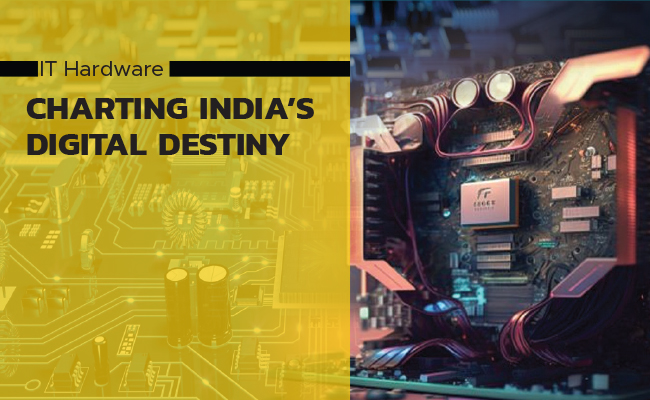
The Indian IT hardware industry is a critical segment of the country’s broader IT ecosystem, playing a vital role in the digital transformation of businesses and consumers alike. The sector encompasses a wide range of products, including personal computers (PCs), laptops, printers, servers, and storage devices. In 2023, the industry witnessed significant growth, driven by increased digital adoption, favorable government policies, and rising investments in local manufacturing.
The India IT Hardware Market size is estimated at USD 19.77 billion in 2024, and is expected to reach USD 27.86 billion by 2029, growing at a CAGR of 7.10%
Domestic Trends in the Indian IT Hardware Industry
The Indian IT hardware market is evolving rapidly, fueled by rising digital adoption, supportive government policies, and increasing investments in manufacturing capabilities. According to a report by Nasscom, the Indian IT hardware market is expected to grow at a CAGR of 8.6% to reach $10.3 billion by 2025. Key domestic trends include Make in India initiatives, increased demand for personal computing devices, expansion of data centers, and focus on cybersecurity hardware. The government’s Make in India initiative aims to boost local manufacturing of IT hardware, reducing dependency on imports and creating jobs. Incentives such as the Production Linked Incentive (PLI) scheme are attracting global and domestic manufacturers to set up production facilities in India.
The COVID-19 pandemic accelerated the demand for personal computing devices as remote work and online education became the norm. This trend is driving growth in the PC, laptop, and tablet segments. The proliferation of digital services and data consumption is driving the expansion of data centers across the country. Companies are investing in high-performance servers, storage solutions, and networking equipment to support this growth. With the rise in cyber threats, there is an increasing focus on cybersecurity hardware. Solutions such as firewalls, intrusion detection systems, and secure routers are becoming essential components of IT infrastructure.
Major Developments in 2023
The year 2023 witnessed several significant developments in the Indian IT hardware industry, marked by strategic investments, collaborations, and technological advancements.
Local Manufacturing: The Indian government’s push for local manufacturing under the ‘Make in India’ initiative gained momentum, with major IT hardware companies setting up production facilities in the country. Foxconn, a leading electronics manufacturer, announced a $500 million investment to establish a new plant in India, aimed at producing a wide range of IT hardware products.
Strategic Partnerships: Several global IT hardware giants entered into strategic partnerships with Indian companies to enhance their market presence. For instance, Dell Technologies collaborated with Tata Consultancy Services (TCS) to develop customized IT solutions for Indian enterprises, leveraging Dell’s hardware expertise and TCS’s software capabilities.
Technological Innovations: The industry saw the introduction of cutting-edge technologies, such as AI-powered hardware, advanced processors, and eco-friendly products. Lenovo launched a new series of AI-integrated laptops designed to offer enhanced performance and productivity for both consumers and businesses.
PC Market
The Indian Traditional PC market, encompassing desktops, notebooks, and workstations, shipped 13.9 million units in 2023, marking a 6.6% year-over-year (YoY) decline, according to the IDC Worldwide Quarterly Personal Computing Device Tracker. Despite this annual drop, the market experienced a robust rebound in the second half of the year, growing by 12.9% YoY, with the fourth quarter alone witnessing an 11.4% YoY increase. This recovery was driven by a 16.8% YoY rise in desktop shipments and a 9.9% YoY increase in notebook sales.
Market Segment Performance
While the desktop category saw a 6.7% YoY growth, notebooks and workstations faced declines of 11.1% YoY and 14% YoY, respectively. This reflects a shift in market dynamics as the demand for different PC types fluctuated throughout the year.
In 2023, the consumer segment contracted by 3.1% YoY, and the commercial segment saw a more significant drop of 9.7% YoY due to reduced enterprise demand. However, the education and government sectors thrived, expanding by 80.5% and 18% YoY, respectively. Both segments showed marked improvements in the fourth quarter, with consumer and commercial segments growing by 19.3% and 5.3% YoY.
According to Bharath Shenoy, Senior Research Analyst at IDC India, “Low market sentiments post-pandemic led to decreased consumer demand, causing a steep shipment correction in late 2022 and early 2023. However, factors such as decisions on import regulations, improved market sentiment, and aggressive vendor strategies facilitated a market recovery in the latter half of 2023. Despite the slight annual decline, the market remained significantly above pre-COVID shipment levels, indicating stability in the consumer segment.”
Key Players in the Market
HP Inc. dominated the market in 2023, holding a 31.5% share. It led both the commercial (33.6%) and consumer (29.4%) segments. HP maintained its lead in desktops and notebooks with 25.1% and 33.8% shares, respectively. Strong demand in the education and government sectors bolstered HP’s commercial performance, while festive sales boosted its consumer segment. Although HP’s consumer market share dipped in the third quarter, it rebounded to 32.5% in the fourth quarter, securing a total market share of 32.6%.
Lenovo ranked second with a 16.7% market share in 2023 but faced a 17.8% YoY decline in shipments, primarily due to a slowdown in the SMB segment and limited presence in government and education sectors. Lenovo lost ground in the consumer segment amid heightened competition during festive sales but managed a 19.6% share in the enterprise segment, up 1.3 percentage points from 2022. In the fourth quarter, Lenovo held a 17.5% market share, trailing behind Dell.
Dell Technologies secured third place with a 15.5% market share, despite a 24.5% YoY decline in 2023. It maintained its second position in the commercial segment with a 20% share but ranked fourth in the consumer segment at 10.8%. Delays in enterprise orders significantly impacted Dell. However, in the fourth quarter, Dell outperformed Lenovo, achieving an 18.3% market share.
Acer Group held the fourth position with a 12.3% market share, growing by 16.1% YoY in 2023. It was fourth in the commercial segment (15.7%) and fifth in the consumer segment (8.7%). Acer led the commercial desktop category with a 29.6% share, driven by strong traction in government and education sectors. In the fourth quarter, Acer reclaimed the fourth position from Asus with a 14% market share.
Asus ranked fifth with a 7.9% market share, marking an 8.6% YoY growth. It held the second position in the consumer segment (15.1%) and shipped over a million units in this segment for the first time in 2023. However, Asus focused on inventory correction in the fourth quarter, dropping to fifth place behind Acer with a 3.5% market share.
The Indian printer market in 2023 presented a mixed picture. While overall shipment volumes witnessed a slight decline, the market remained fiercely competitive with established players vying for dominance.
According to 6Wresearch, India’s printer market experienced a notable decline in Q4 2023, marking a 20.7% decrease compared to Q3 2023. This decline can be attributed to increasing smartphone penetration and a shift towards cloud-based document storage, reducing the need for physical printing.
Despite the overall decline, the inkjet printer segment saw modest growth, driven by the affordability and multifunctionality of printers (MFPs) that combine printing, scanning, and copying in a single device. While the decline was nationwide, tier-2 and tier-3 cities exhibited relatively stable demand for printers compared to metro areas, where the shift towards digital alternatives was more pronounced.
Key Players and Market Share
Shipment Volumes and Price Segmentation
While specific shipment volume data isn’t readily available, the overall decline in market size suggests a decrease in printer shipments in 2023 compared to previous years.
The sub-20,000 INR (approx. USD 242) segment dominated the market, capturing over 61% of the market share in Q4 2023, reflecting the continued preference for budget-friendly inkjet printers in price-sensitive markets like India.
The 20,000 INR to 40,000 INR (approx. USD 242 - USD 484) segment accounted for approximately 30.3% of the market share, catering to users requiring higher performance or laser printing capabilities.
While the printer market faces challenges due to the digital shift, it remains a significant segment within the Indian IT landscape. By adapting to evolving trends and consumer preferences, printer manufacturers can continue to cater to the needs of a diverse Indian market.
Storage
In 2023, India’s external storage market witnessed significant shifts influenced by global trends, technological advancements, and evolving enterprise demands. As businesses increasingly embrace digital transformation, the demand for robust and scalable storage solutions has grown, despite economic headwinds and global supply chain disruptions.
Market Size and Growth
According to IDC, the external storage market in India registered a year-over-year (YoY) growth of 8.3% in 2023, reaching a market size of approximately USD 560 million. This growth is largely driven by increased investments in IT infrastructure by sectors such as banking, financial services, insurance (BFSI), telecommunications, and IT/ITeS.
Key Trends
Key Players and Market Share
Server Market
In 2023, the Indian server market exhibited robust growth, driven by the increasing digital transformation initiatives across various sectors, including BFSI, IT/ITeS, telecommunications, and government. The market saw substantial investments in data center infrastructure, reflecting the growing demand for high-performance computing and storage solutions.
According to IDC, the Indian server market grew by approximately 10% year-over-year (YoY) in 2023, reaching a market size of around USD 1.2 billion. This growth was fueled by the rapid expansion of cloud services, increased adoption of AI and machine learning, and the burgeoning need for data analytics capabilities.
Key Trends
Key Players and Market Share
Outlook For 2024
India’s IT hardware industry is expected to witness significant growth and transformation in 2024, driven by increasing demand for electronic devices, supportive government policies, and advancements in manufacturing technologies. Here’s an in-depth look at the outlook for this vital sector:
Rising Demand for Electronic Devices
The demand for IT hardware, including laptops, desktops, tablets, and peripherals, is set to increase in 2024. Factors such as the growth of remote work, online education, and digital entertainment are contributing to this surge. Additionally, the proliferation of IoT devices and smart technologies is further boosting the need for sophisticated hardware solutions.
Government Initiatives and Policy Support
The Indian government is actively promoting the IT hardware industry through initiatives like the Production Linked Incentive (PLI) scheme. This scheme aims to boost domestic manufacturing and attract global manufacturers to set up their production facilities in India. Policies focused on enhancing the ease of doing business and providing infrastructure support are expected to play a crucial role in the industry’s growth.
Growth of Domestic Manufacturing
In 2024, there is a strong emphasis on increasing domestic production of IT hardware. Companies are investing in setting up manufacturing plants and expanding their existing facilities to reduce dependency on imports and enhance self-reliance. The “Make in India” initiative is fostering an environment conducive to manufacturing, encouraging both local and international players to invest in the country.
Technological Advancements and Innovation
The IT hardware industry is witnessing rapid technological advancements, including the development of more powerful processors, enhanced graphics capabilities, and energy-efficient components. Innovations in areas such as artificial intelligence (AI), machine learning, and advanced materials are driving the creation of next-generation hardware products that are more efficient, reliable, and capable.
Expansion of Data Centers and Cloud Infrastructure
The growth of data centers and cloud infrastructure in India is creating a robust demand for IT hardware. Servers, storage solutions, networking equipment, and other critical hardware components are essential for building and expanding data center facilities. This expansion is expected to continue in 2024, driven by the increasing adoption of cloud services and digital transformation initiatives across industries.
Focus on Sustainability and Green Technologies
Sustainability is becoming a key priority in the IT hardware industry. Manufacturers are investing in green technologies and practices to reduce their environmental impact. This includes developing energy-efficient products, utilizing eco-friendly materials, and implementing recycling programs. The focus on sustainability is expected to intensify in 2024, aligning with global trends and regulatory requirements.
Talent Development and Skill Enhancement
As the IT hardware industry grows, there is a need for a skilled workforce to support manufacturing, R&D, and innovation. In 2024, there will be a greater emphasis on enhancing the talent pool to meet the industry’s evolving demands.
| India PC Market, Top Five Companies, Market Share, Year-over-Year Growth 2023 (Shipments are in thousands of units) |
| Company | 2023 Shipments | 2023 Market Share | 2022 Shipments | 2022 Market Share | Year-over-Year unit change (2023 vs 2022) |
| 1. HP Inc. | 4,385 | 31.5% | 4,499 | 30.2% | -2.5% |
| 2. Lenovo | 2,317 | 16.7% | 2,818 | 18.9% | -17.8% |
| 3. Dell Technologies | 2,154 | 15.5% | 2,854 | 19.2% | -24.5% |
| 4. Acer Group | 1,705 | 12.3% | 1,469 | 9.9% | 16.1% |
| 5. Asus | 1,100 | 7.9% | 1,013 | 6.8% | 8.6% |
| Others | 2,254 | 16.2% | 2,240 | 15.0% | 0.6% |
| Total | 13,914 | 100% | 14,892 | 100% | -6.6% |
| Source: IDC Worldwide Quarterly Personal Computing Device Tracker, February 2024 |


Legal Battle Over IT Act Intensifies Amid Musk’s India Plans
The outcome of the legal dispute between X Corp and the Indian government c...

Wipro inks 10-year deal with Phoenix Group's ReAssure UK worth
The agreement, executed through Wipro and its 100% subsidiary,...

Centre announces that DPDP Rules nearing Finalisation by April
The government seeks to refine the rules for robust data protection, ensuri...

Home Ministry cracks down on PoS agents in digital arrest scam
Digital arrest scams are a growing cybercrime where victims are coerced or ...

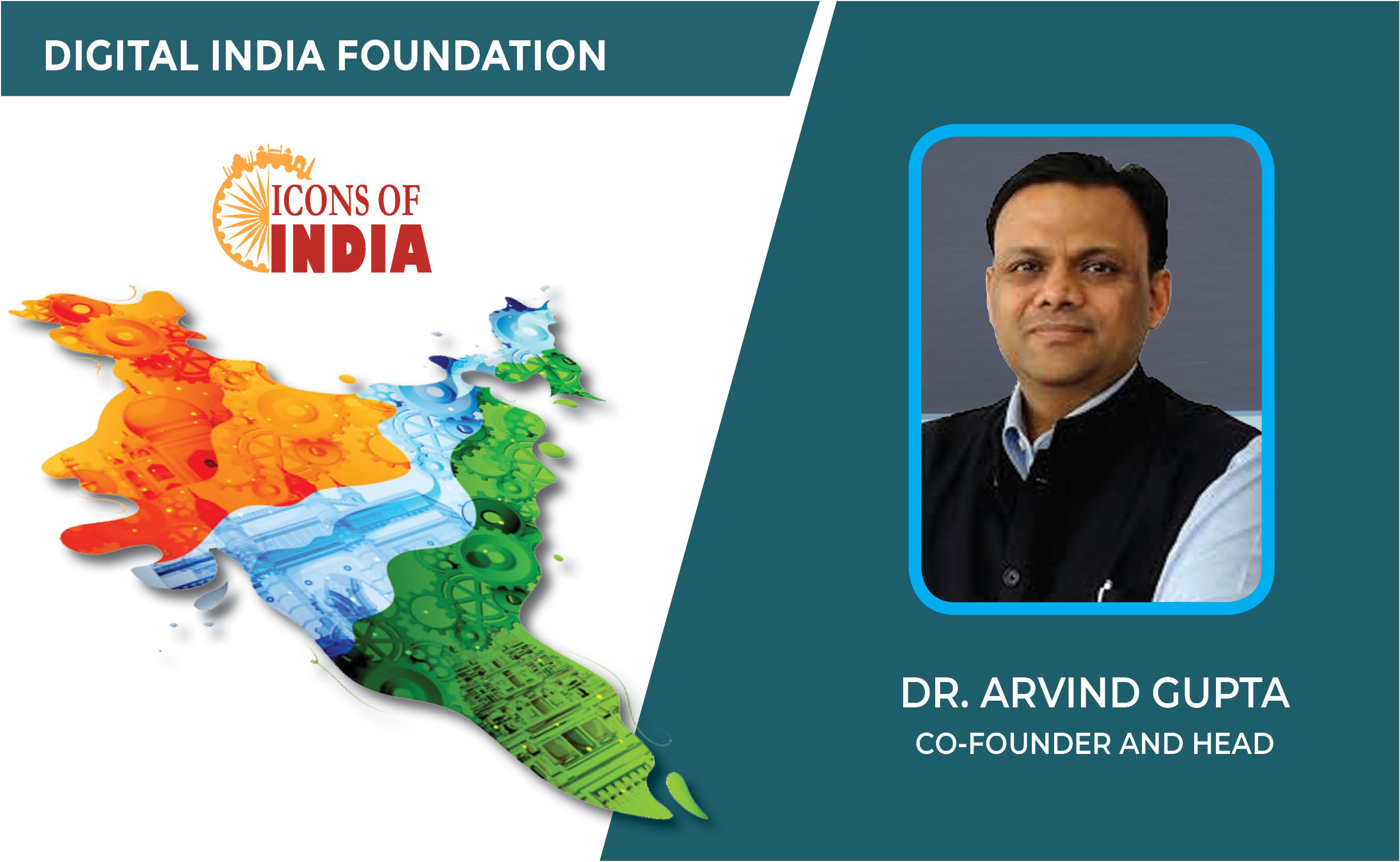
Icons Of India : Dr. Arvind Gupta
Arvind Gupta is the Head and Co-Founder of the Digital India Foundatio...
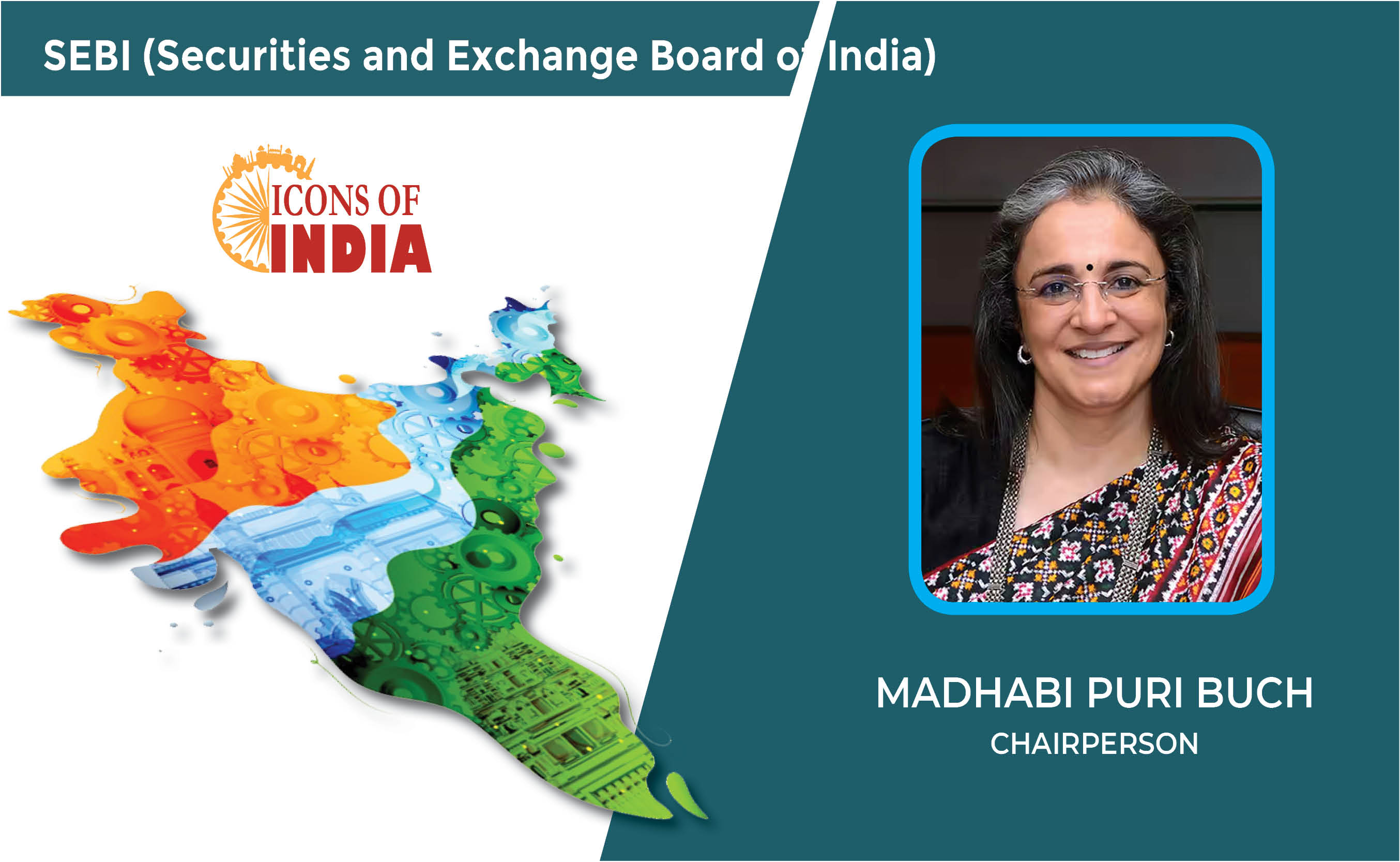
Icons Of India : MADHABI PURI BUCH
Madhabi Puri Buch is the first-female chairperson of India’s markets...
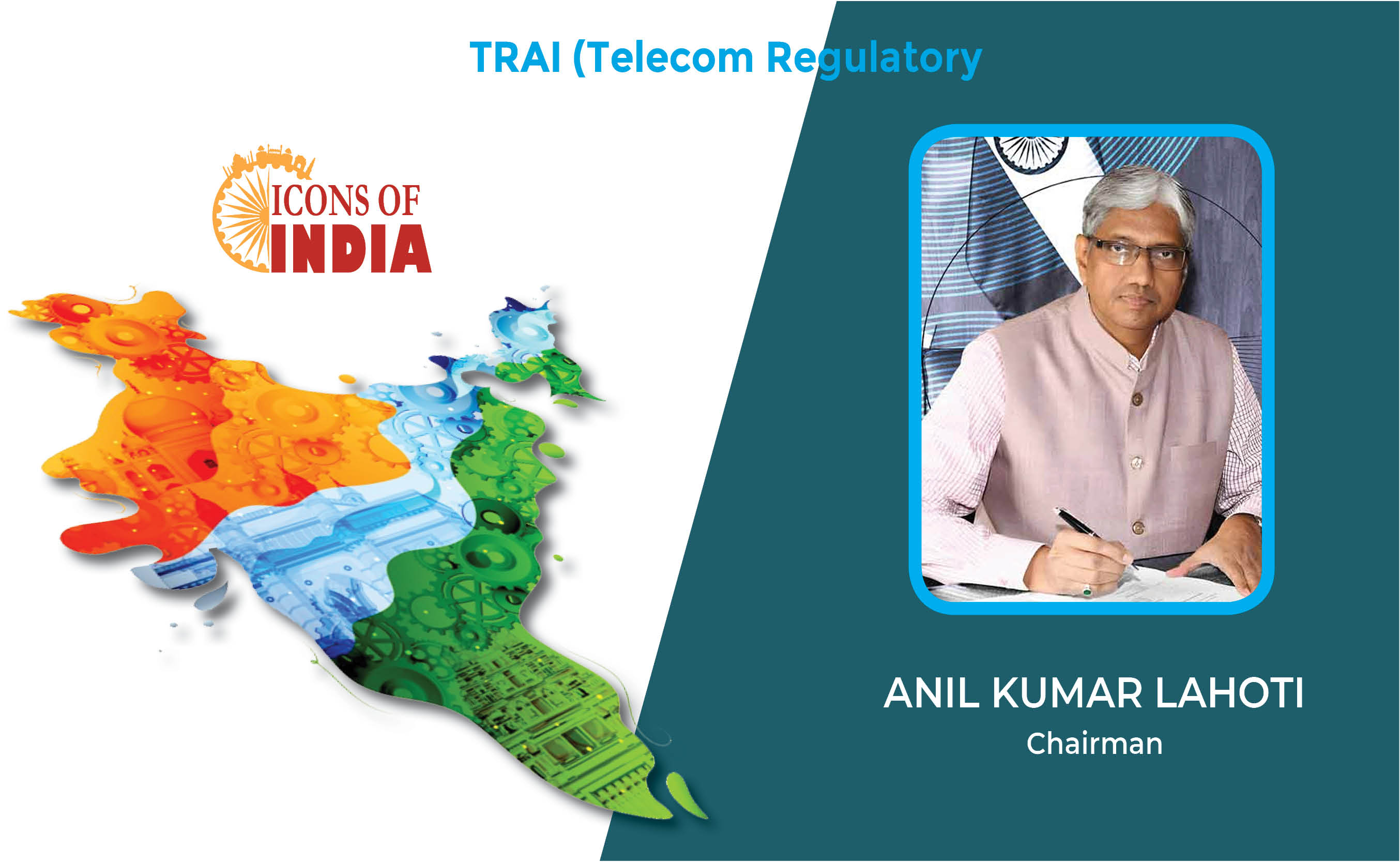
Icons Of India : Anil Kumar Lahoti
Anil Kumar Lahoti, Chairman, Telecom Regulatory Authority of India (TR...


ITI - ITI Limited
ITI Limited is a leading provider of telecommunications equipment, sol...

TCIL - Telecommunications Consultants India Limited
TCIL is a government-owned engineering and consultancy company...

EESL - Energy Efficiency Services Limited
EESL is uniquely positioned in India’s energy sector to address ener...


Indian Tech Talent Excelling The Tech World - PADMASREE WARRIOR, Founder, President & CEO - Fable
Padmasree Warrior, the Founder, President, and CEO of Fable, is revolu...
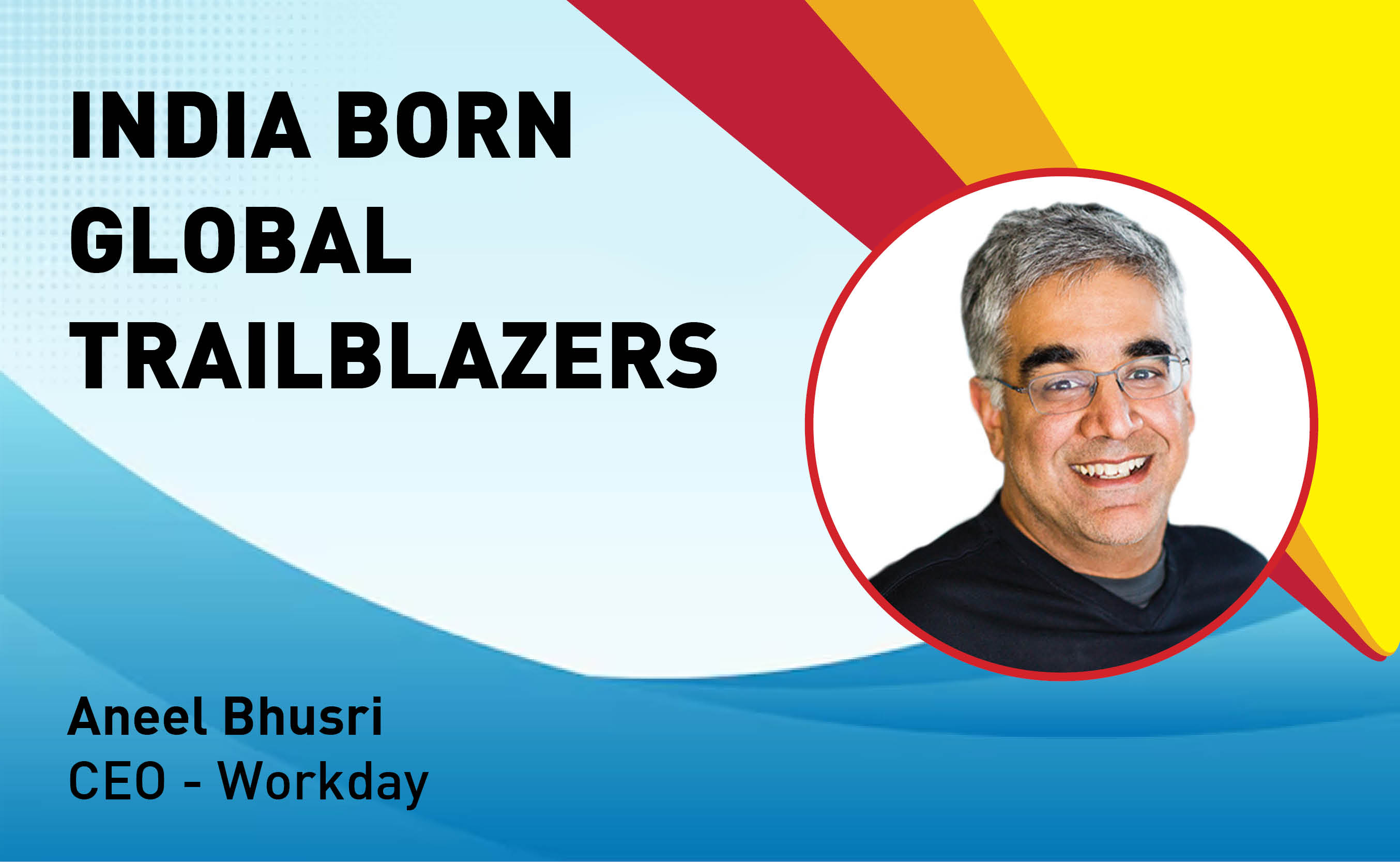
Indian Tech Talent Excelling The Tech World - Aneel Bhusri, CEO, Workday
Aneel Bhusri, Co-Founder and Executive Chair at Workday, has been a le...

Indian Tech Talent Excelling The Tech World - Dheeraj Pandey, CEO, DevRev
Dheeraj Pandey, Co-founder and CEO at DevRev , has a remarkable journe...
 of images belongs to the respective copyright holders
of images belongs to the respective copyright holders